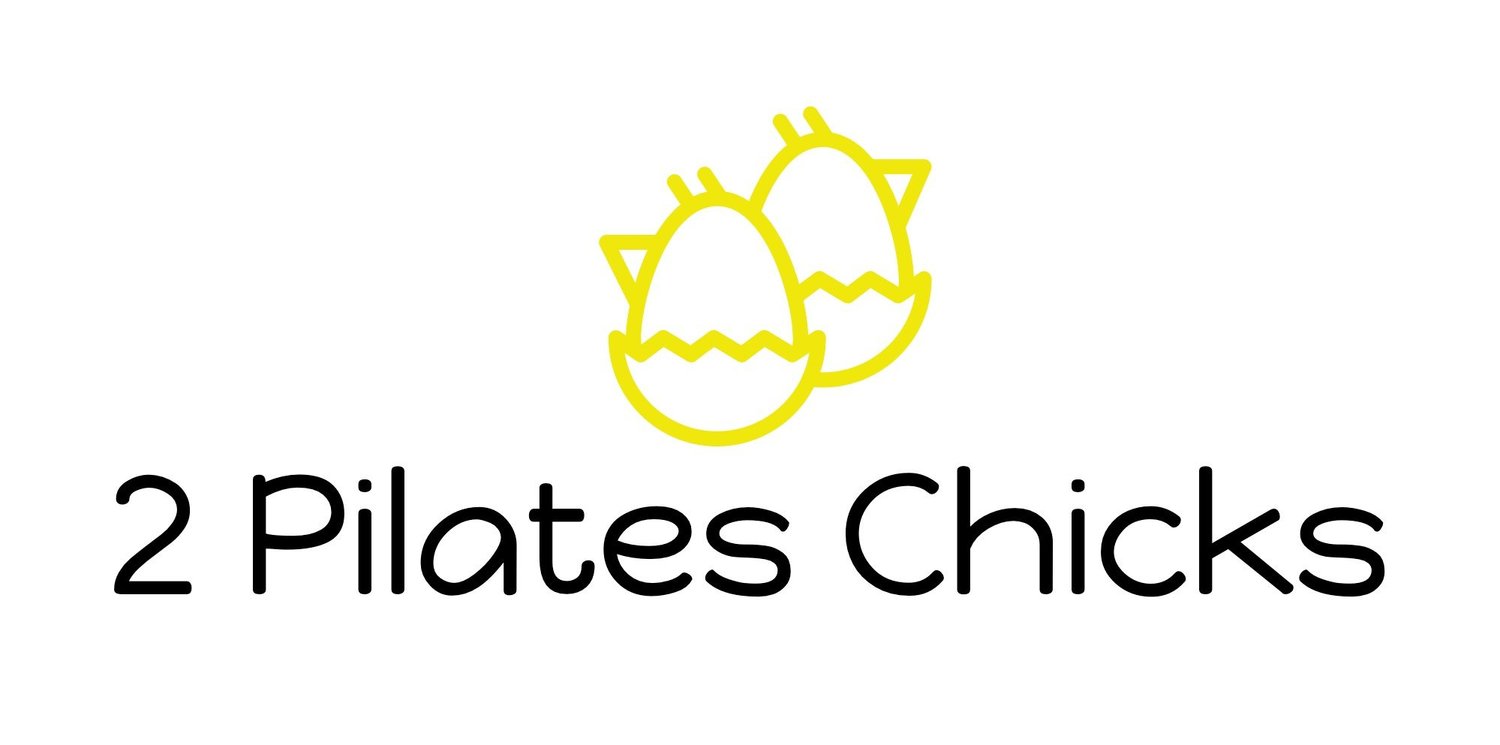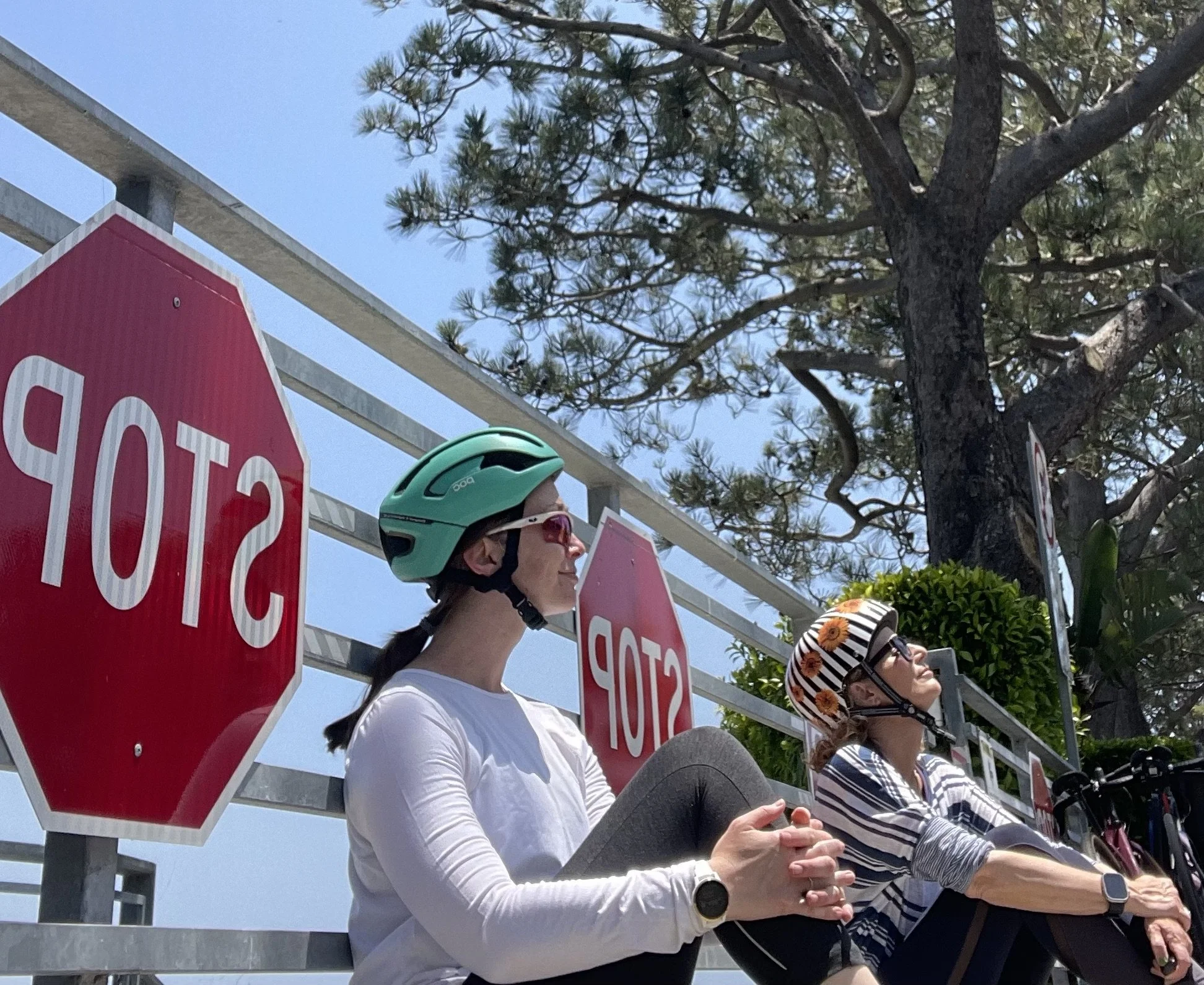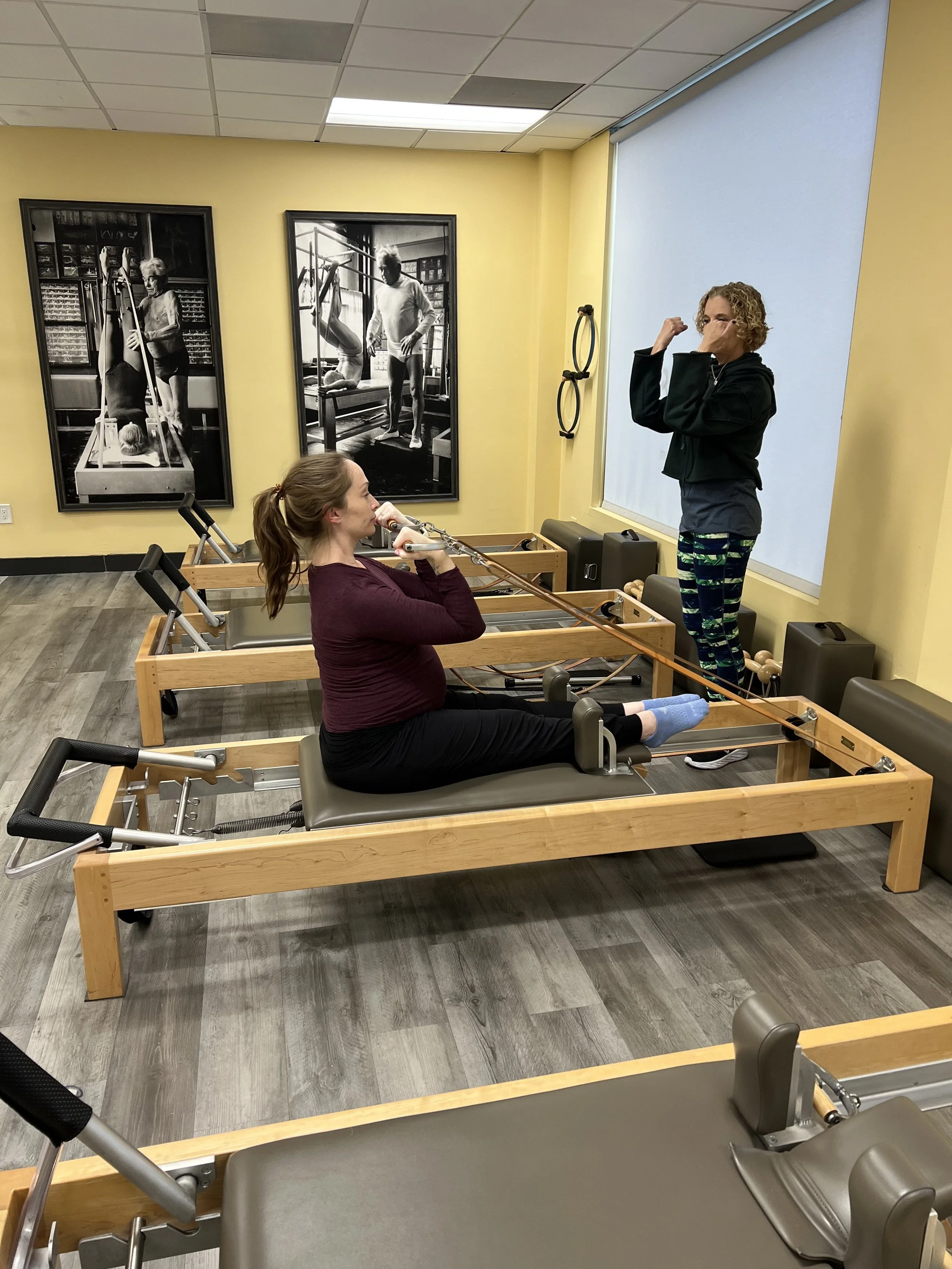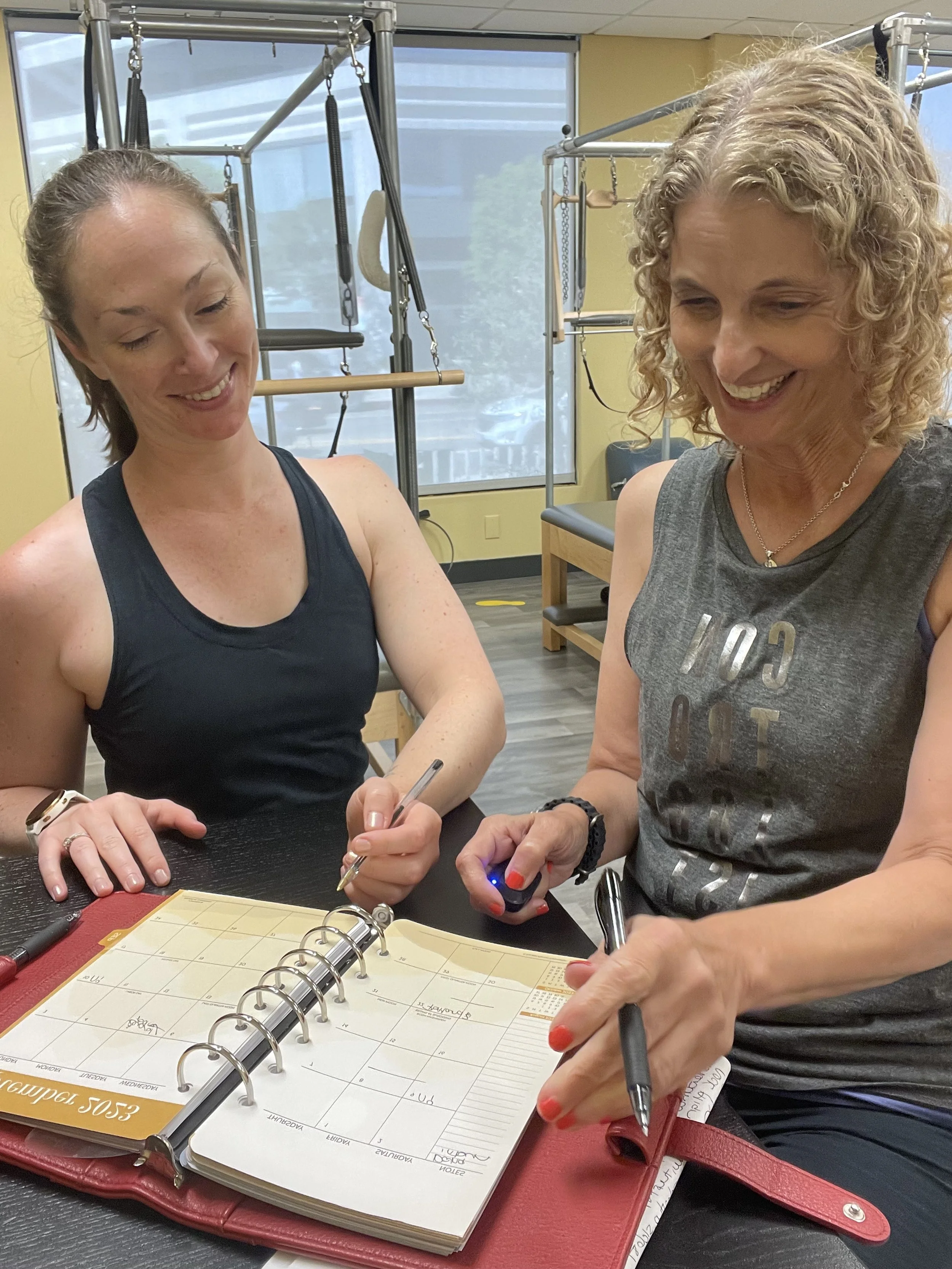What Environment is best for your Pilates Teaching?
What are the different environments Pilates teachers can work in? What types of employment status can Pilates teachers work as? How does a teacher know what environment is best for their career?
In Season 6 Episode 5, "Types of Teaching Environments", we discuss the pros and cons of various types of employment categories and the environments where we can teach. There are many options for teachers to find the best fit for their career goals, teaching style, and personal needs. Each teaching environment and employment style comes with unique advantages and disadvantages.
Different Teaching Environments for Pilates Teachers:
Gyms/Private Clubs: These can range from large fitness chains to more exclusive clubs.
Boutique Studios: Specialized Pilates spaces, which can be owner-operated or have various employment models.
Group Class Studios: Focused primarily on mat or reformer group classes.
Corporate Fitness/Wellness Centers: On-site facilities within businesses.
Therapy Clinics/Wellness Spaces: Integrating Pilates with other health and rehabilitation services.
Home Studios: Operated out of a teacher's residence.
Client Homes: Traveling to teach clients in their own spaces.
Online Platforms: While not a physical environment, it's a significant and growing space for teaching.
Different Types of Employment for Pilates Teachers:
Employee: Working for a studio, gym, or other facility with benefits and regular pay. This can be full-time or part-time.
Manager/Director: Overseeing a Pilates program or studio, often with administrative responsibilities like hiring, scheduling, and payroll.
Independent Contractor: Renting space or providing services to a facility without being a direct employee. Responsible for their own taxes and insurance.
Self-Employed: Running their own business, which could be a home studio, traveling to clients, or renting space. They handle all aspects of their business.
Studio Owner/Employer: Owning a Pilates studio and possibly employing other teachers.
Pros and Cons of Different Places of Employment:
Environment
Employment Type(s)
Pros
Cons
Gyms/Private Clubs
Employee, Independent Contractor, Manager
Established client base, potential for consistent hours, marketing often handled, may offer benefits as an employee, management opportunities.
Can be less Pilates-focused, may have sales quotas, potential for lower session rates, less control over equipment and environment, independent contractors lack benefits.
Boutique Studios
Employee, Independent Contractor, Owner
Strong Pilates focus, often higher session rates, more control over teaching style and environment, potential for specialization, ownership offers full autonomy.
Can be harder to build a client base initially, income may be less consistent as an independent contractor, owners have significant business responsibilities (overhead, marketing, admin).
Group Class Studios
Employee, potentially Independent Contractor
High volume teaching, good for building confidence and cueing skills, can reach a lot of people, lower barrier to entry for new teachers.
Lower pay per student, less individual attention to clients, can be physically demanding, may not cater to specialized needs.
Home Studios
Self-Employed
Low overhead (no rent), flexible schedule, comfortable environment, direct control over all aspects.
Can be isolating, requires self-discipline for business management, may need to invest in equipment, some clients may not take it as seriously as a commercial space, security concerns with unknown clients.
Client Homes
Self-Employed
High flexibility, no overhead for a studio space, diverse environments.
Travel time and costs, potential for inconsistent schedules, limited equipment options, less control over the teaching environment, entering clients' personal space.
How to Know What Works for You:
Experimentation is Key: Trying out different environments and employment types early in your career provides invaluable experience and helps you identify what you enjoy and where you thrive.
Self-Reflection on Needs and Goals: Regularly assess what's important to you. Are you prioritizing financial stability, creative freedom, a strong sense of community, business ownership, or something else? Your priorities will likely shift throughout your career.
Consider Lifestyle: Do you prefer a consistent schedule or more flexibility? Are you comfortable with and understand the business side of things? How much travel are you willing to do? Your lifestyle preferences should heavily influence your choices.
Identify Strengths and Weaknesses: Are you a natural salesperson? Do you love the administrative side of running a business? Are you more comfortable working independently or as part of a team? Understanding your strengths and weaknesses can guide you toward environments where you'll excel.
Pay Attention to What Energizes and Drains You: Notice which teaching environments and employment situations leave you feeling energized and inspired, and which ones leave you feeling drained or unfulfilled. This is a crucial indicator of long-term fit.
Don't Be Afraid to Change: What works for you early in your career might not be the best fit later on. Be open to evolving and exploring new opportunities as your needs and goals change.
Talk to Other Teachers: Networking with experienced Pilates teachers and hearing about their diverse experiences can provide valuable insights and perspectives.
There is no "best" option, just what works best for each teacher in their own teaching journey. It is important to have an array of experiences throughout a career especially before choosing to open their own studio or business. This ensures that the teacher builds a toolbox of skills in order to understand the different facets of the Pilates industry.
Throughout a career the "best" environment might also change. A newer or younger teacher might appreciate the high-energy, client-rich environment of group fitness classes or fitness center to gain experience and confidence. Later in a career, they might gravitate towards the focused, specialized work in a boutique studio or the autonomy of running their own business. The stage of life and preferred lifestyle are things to consider when trying to decide what type of Pilates employment to work in. The ideal teaching environment and employment style might evolve over time.
Explore all the options available for Pilates teachers to absorb the information to guide the career path. Life changes and so we may have one place or type of employment working at one point in our teaching career and then shift to something different as life changes.






